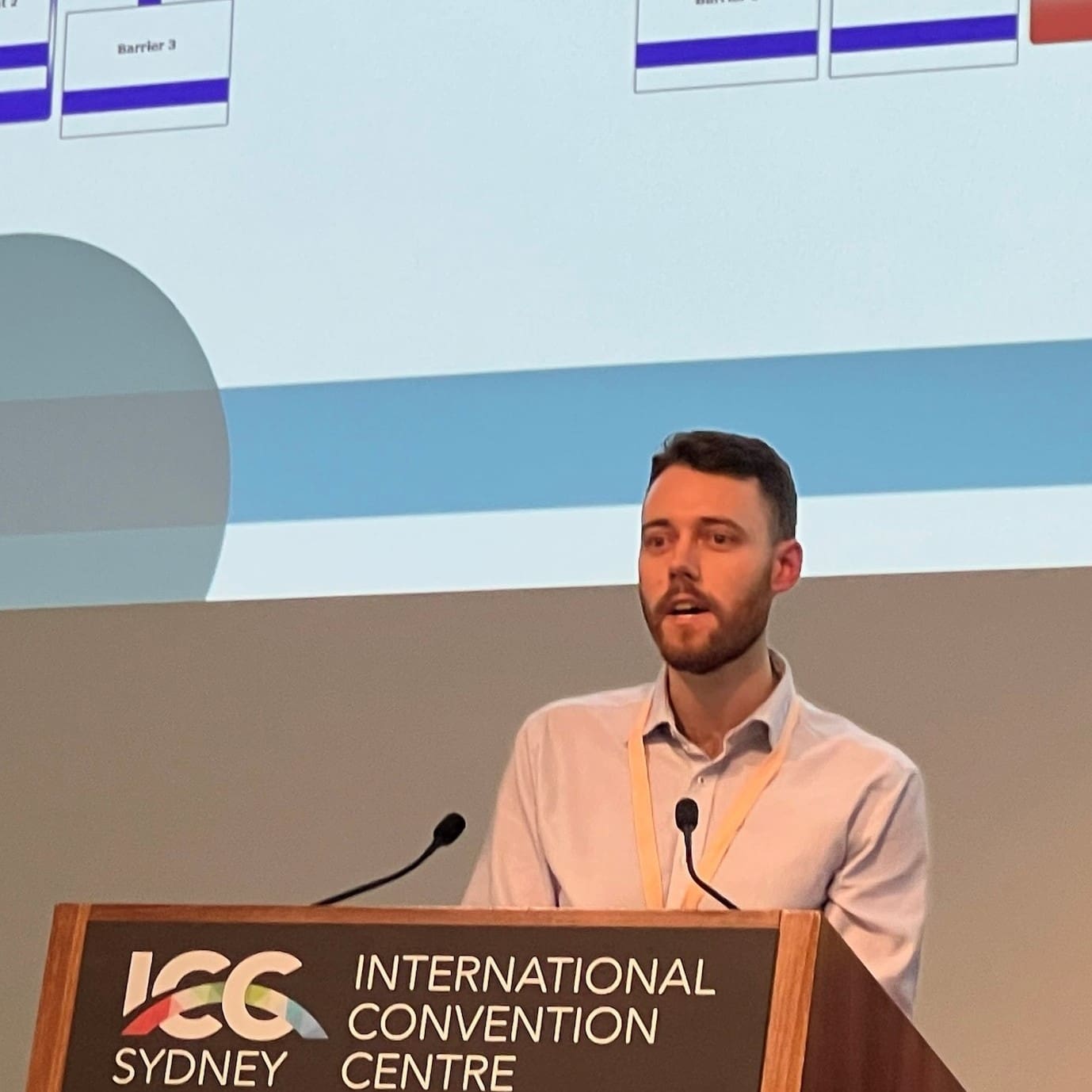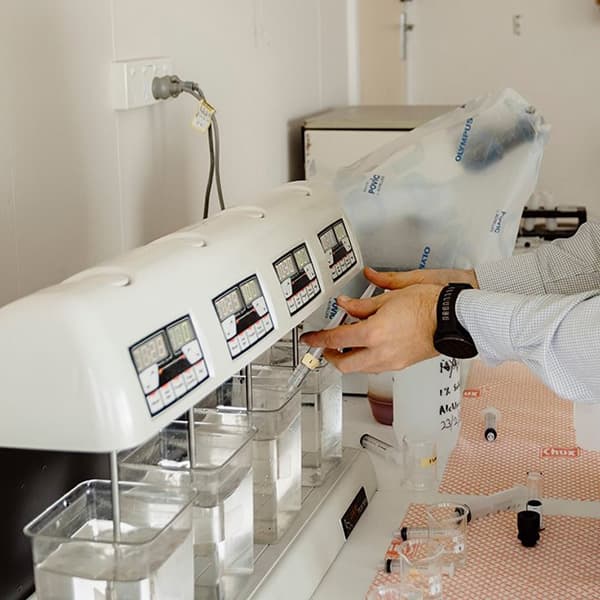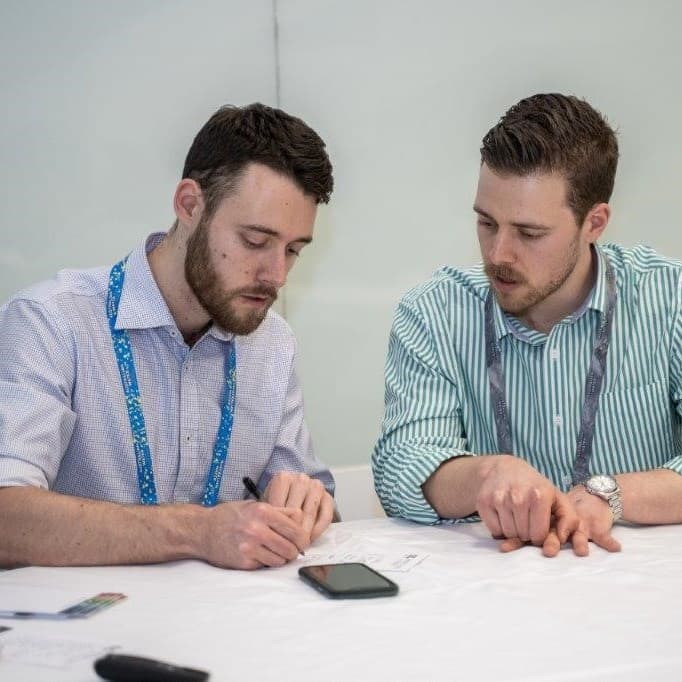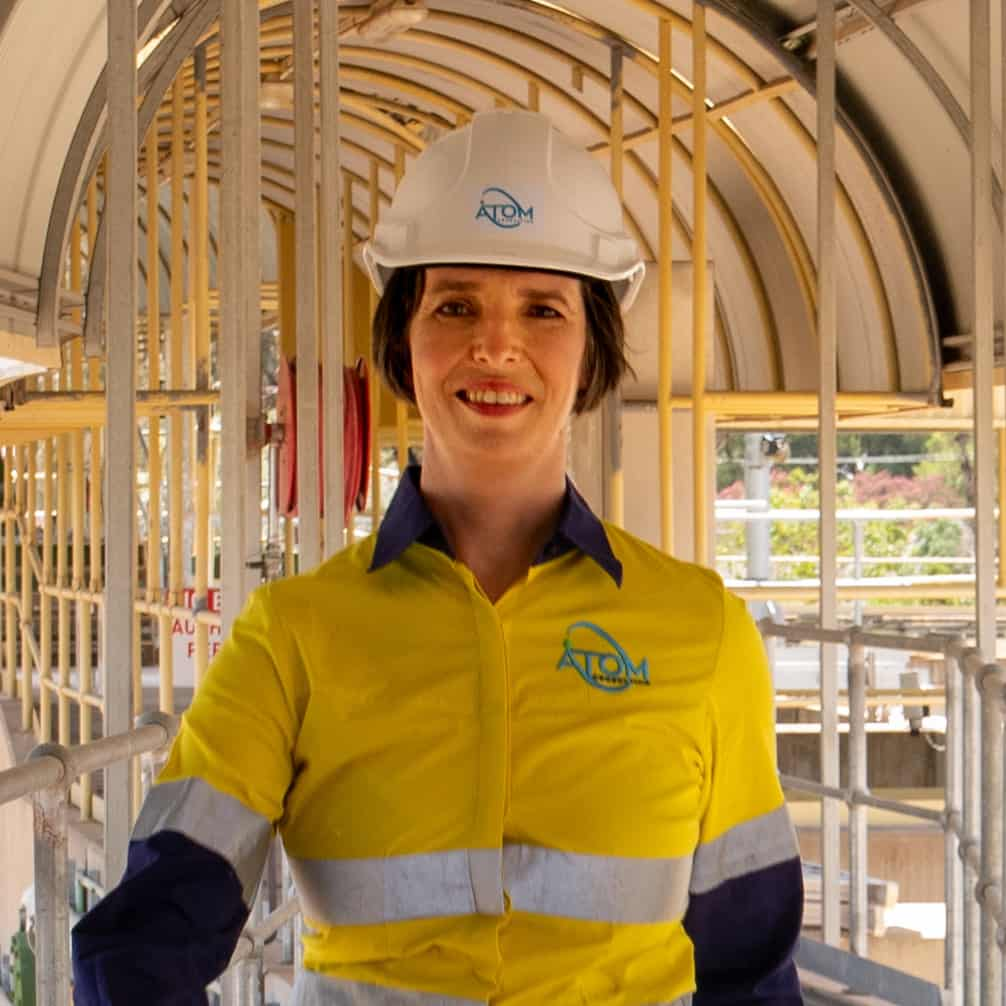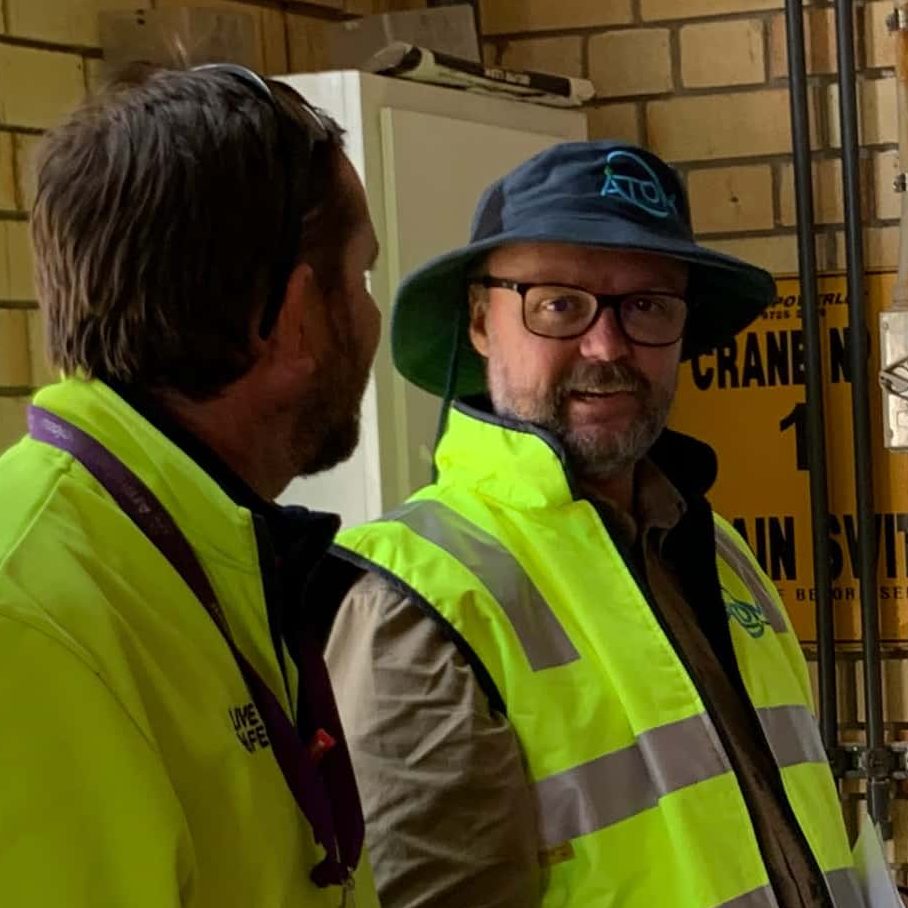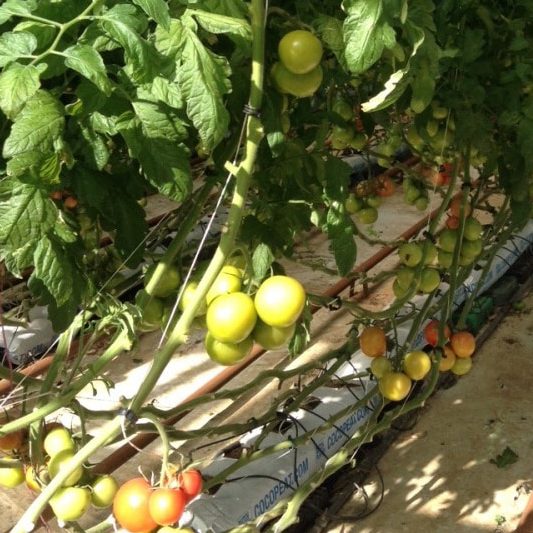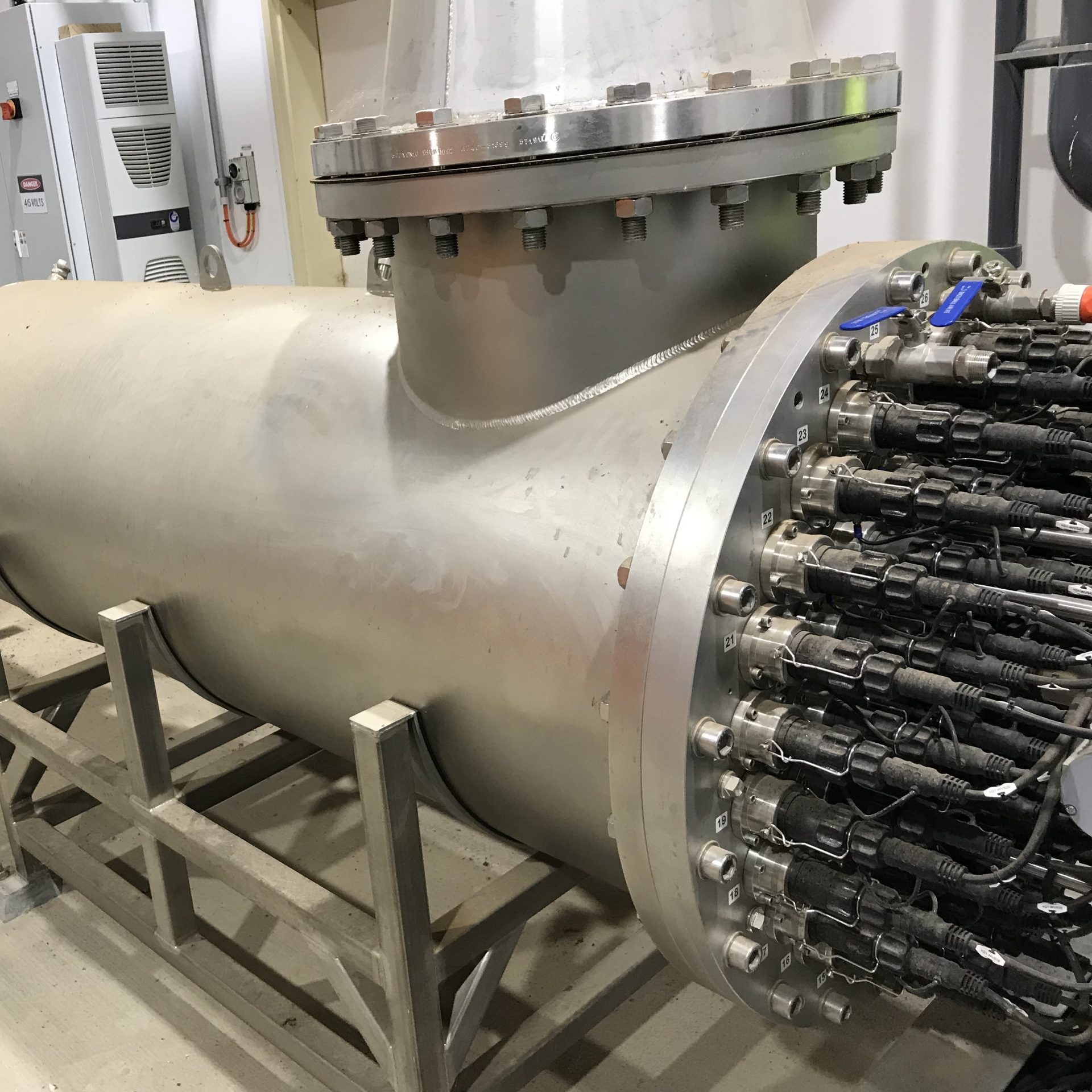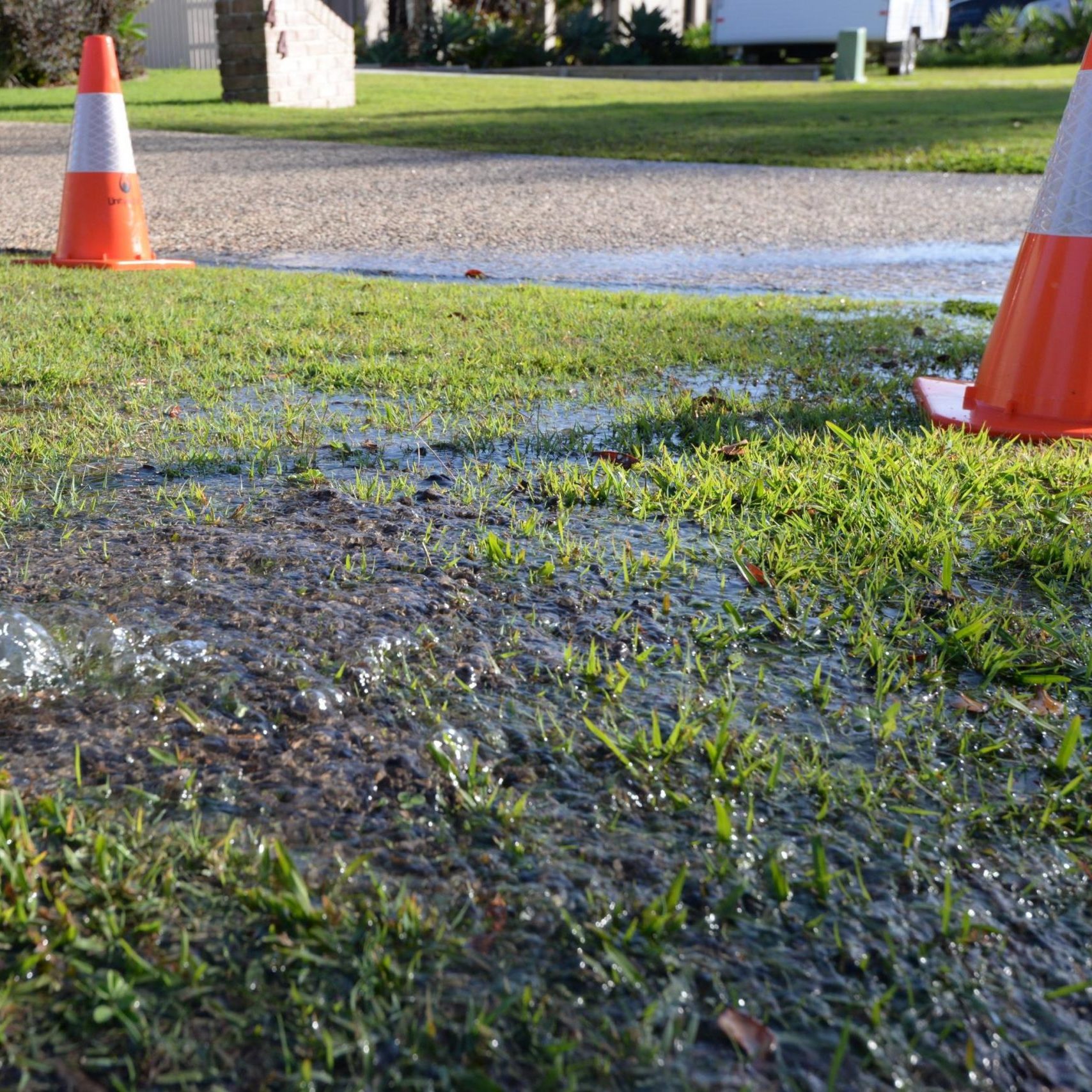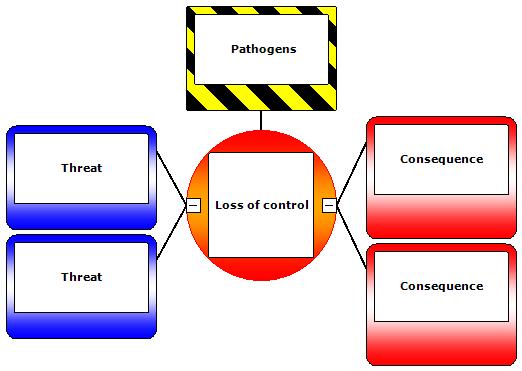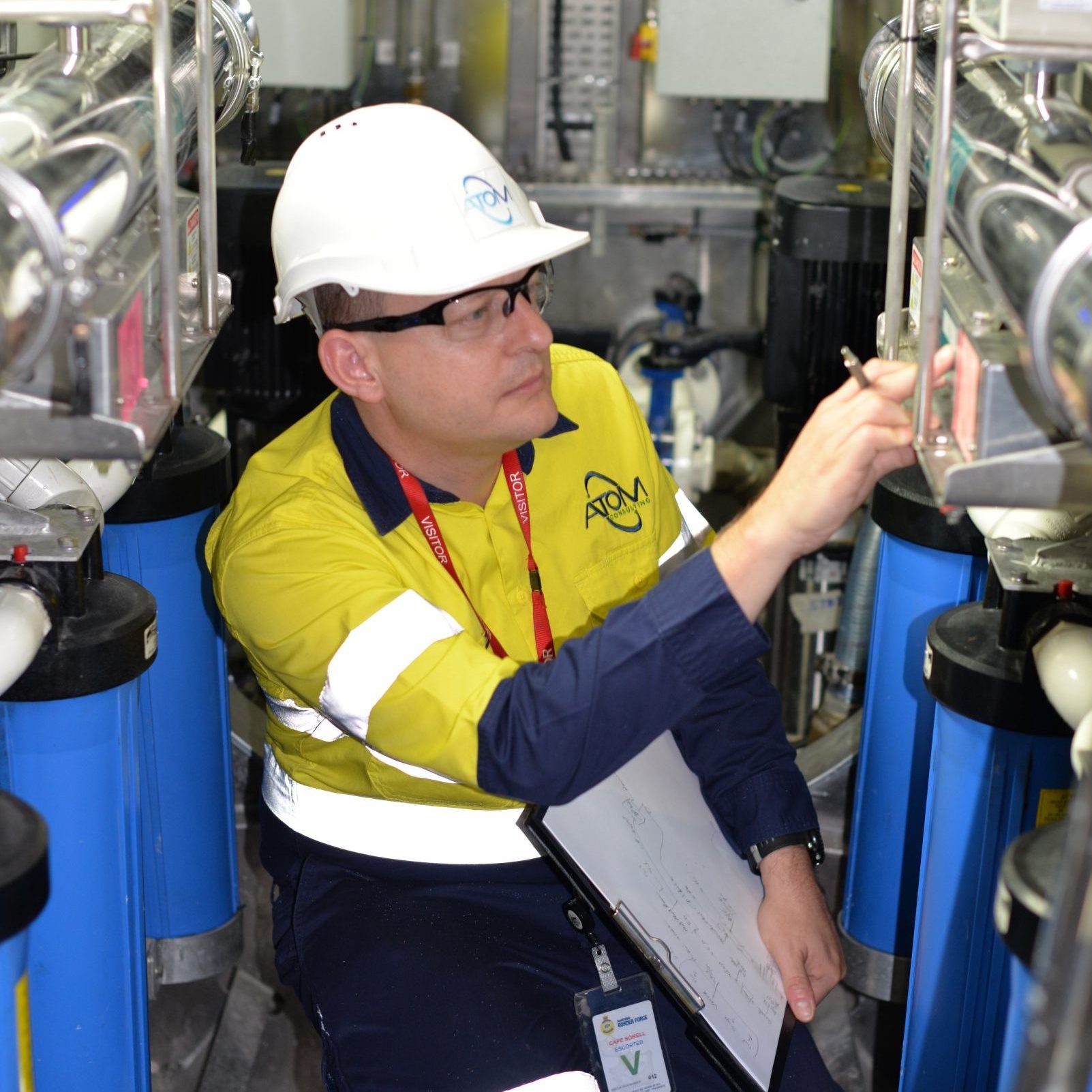Singapore International Water Week 2024
Annalisa Contos
In this complex and rapidly changing environment, effective risk management is essential for water utilities to continue to deliver safe services that meet customer and stakeholder expectations. Risks need not only to be assessed but managed. This paper examines the efficacy of visual tools in enhancing risk communication and understanding. Risk management is integral to water sector activities and enables prioritization of improvements, even in resource-constrained environments. While traditional spreadsheets are commonly used for risk assessment, the paper introduces two visual methods for effective risk communication: Bow-tie diagrams and Sankey diagrams.
The paper supports these techniques with three case studies, illustrating the practical applications of both bow-tie and sankey diagrams in the water sector, including water safety planning, project delivery framework improvement, and visualizing interlinks between risks in enterprise risk management systems
